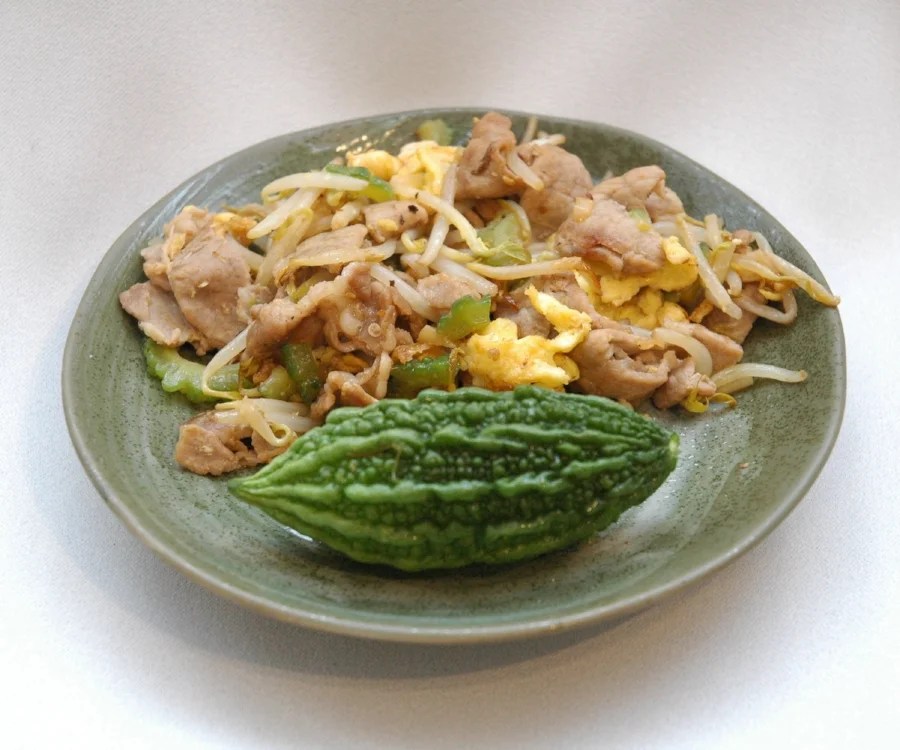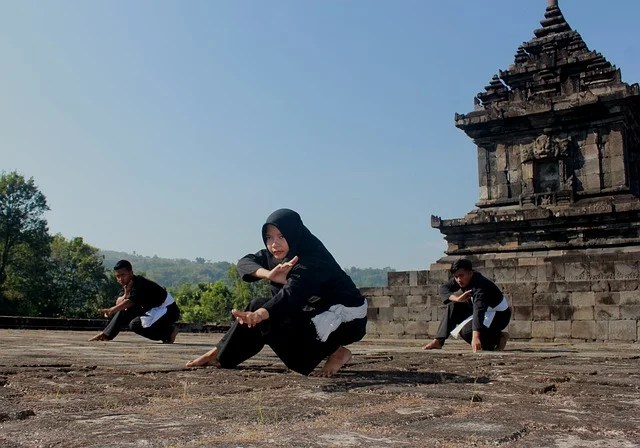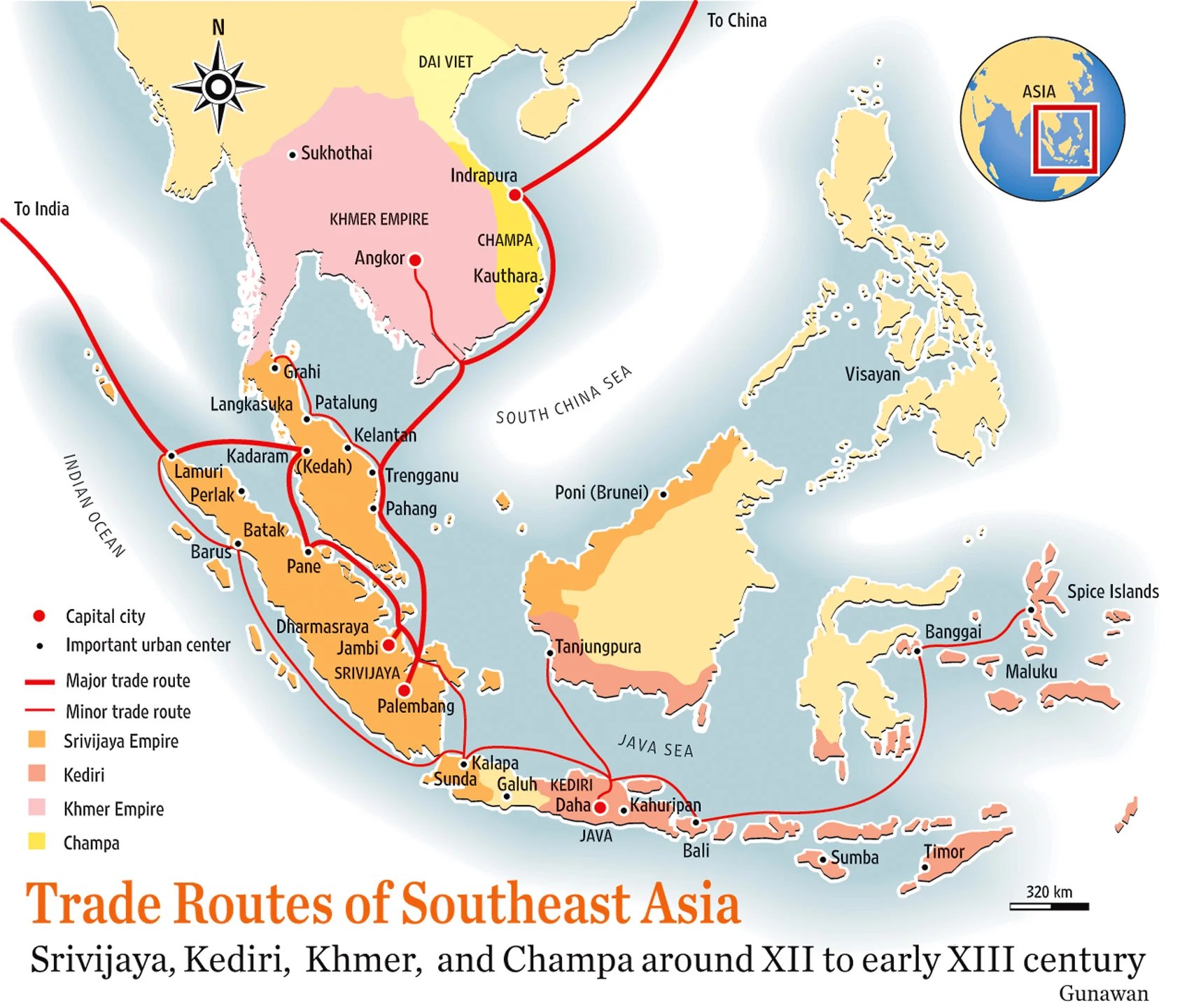
Ask a number of Okinawan Sensei what defines their art and you might hear the phrase Chanpuru, followed by a glint in their eye and a smile.
Anyone who has travelled to Okinawa will have at some point tasted the local delights, Goya, Taco Rice, Awamori, various raw meats, Goat soup and the all time favourite, Chanpuru.
Chanpuru is a rice dish with various elements including Spam, Tofu, Goya, fried meat or just vegetables.
It’s just a mix, which is what the word means.
Whilst living in Bali, I regularly ate at a local Padang (diner) where you get a plate of rice and help yourself to a range of Indonesian delights, usually deep fried in this establishment, but with plenty of vegetarian protein options and delicious curry sauces.

The influence of Malay, Javanese and Southern Indian culture in Bali is tenible here, and none more so in the daily religious expression of Hinduism, and the ancient martial art of Silat.
Now the reason I am talking about this Padang, not just because it is freaking delicious, but because I overheard a young man ask for “Chanpuru”.
“Huh?” That’s strange I thought, is he speaking Japanese?
Not at all, he was speaking Baha Malay, the language of Bali.
And he wasn’t saying Chanpuru, he was saying Campur – pronounced Champoor.
“Excuse me, what does Champoor mean” I asked the Padang owner.
“Mix” he replied. “Nasi campur is mixed rice”
“Terima Khasi” I replied and rushed back to the apartment for some Google surfing.
Whilst in Bali, living on low cost healthy food, getting my lifting game back to scratch, doing yoga and Kobudo training I was also doing White Crane Silat.
It’s fascinating, White Crane is of course one of the influences of Okinawan Karate, and Silat is the martial art of the Malay people.
Currently there are over 100 schools of Silat.

Each style has a main focus; demonstration, forms, self-defence, weapons or body movement.
Famously Silat is a feature in the blockbuster hit Black Panther.
Silat was also used in The Raid, and it’s sequel, The Raid 2.
It’s a bit like Die Hard, except instead of guns and explosions, there are a lot of knives and bones being broken.
The Raid films are so fast paced featuring throws, joint locks, elbow and knee strikes, finger jabs, even a scene where the protagonist fights off multiple enemies with a combat knife and a police baton (aka the Tonfa).
I highly recommend watching them both, and then spending the next day trying to bring your cortisol levels back down.

Silat is a hugely mixed martial art, and it ought to be, given that it developed all around the Southeast Asian trading hub, where it seems that not only was information passed between various peoples of Southeast Asia, but that it was an important part of seafaring trade.
One of the cool things about Bali is that they are an island people similar, but identifiably different from the rest of Indonesia.
They have a distinct language, culture, religious practice and of course a long history.
It wasn’t until the end of World War 2 where their previous occupation under Japan was switched over to Indonesia.
Before Japan they were controlled by the Dutch as part of the East India Company trading monopoly.
Despite their long history of occupation Bali has managed to retain many of its cultural practices and considers itself separate.
I could draw many parallels with Okinawa, especially the love of pork and strong rice liquor – Arak in Bali, Awamori in Okinawa.
Despite Okinawa having strong links to Japan through it’s close proximity it’s clear to see that Okinawa has far more in common with the trading peoples of Southeast Asia than it does with Japan.
One major difference comes with the forms of combat.
If you look at the combat practices of Southeast Asia, of which there are many, we can see that they are forms of combat that evolved to be as useful as possible in many situations.
Whether that be from a distance, at close range, with or without weapons.
Stylistically they are geared towards the individual self-defence, and contain forms which are practiced solo to help the practitioner keep their skills up.
In Japan the martial arts developed from the battlefield. It was far more focused on weaponized combat with only a recent development in unarmed self-defence.
In Japan the warrior class learnt the main combat practices of bow, sword and spear. Lower classes would later be utilised to learn basic spear and then firearms.
Japan’s history was one of fighting mainly within its own coastline, often against opposing forces of the same class, in massive pitched battles.
By all means the skills could also be used for self defence, but mainly from other trained individuals, otherwise it was a method of population control.
If, like in Okinawa, and other island nations, your life and the survival of your people depended on trade, which was fraught with pirates and the aggression of other nations it was important that you focused on your own safety and that of the trading network.
Perhaps you would be away from home for months on end and so the solo forms would very much stand in for the lack of a consistent training space.
Also, in order that knowledge not be lost, it was carefully contained, and concealed, within the forms, so that it would hopefully be useful when the time came.
It became, like the people of Southeast Asia, a mix, the Chanpuru of the fighting world.
Leave a comment